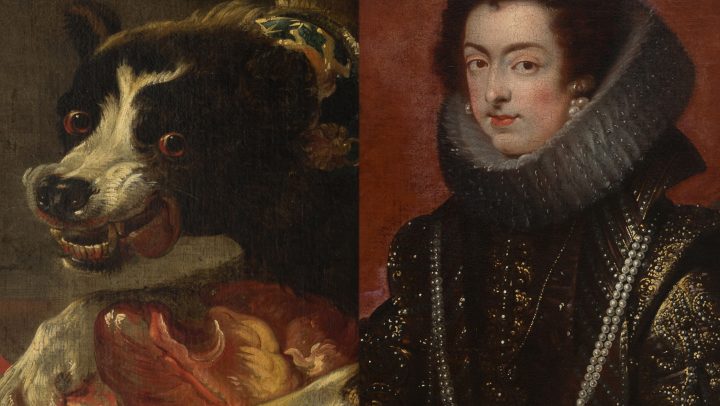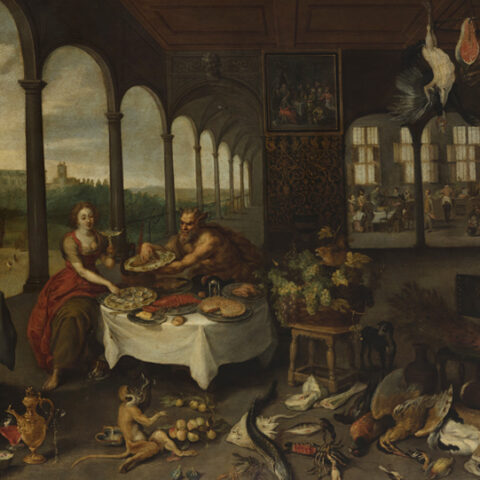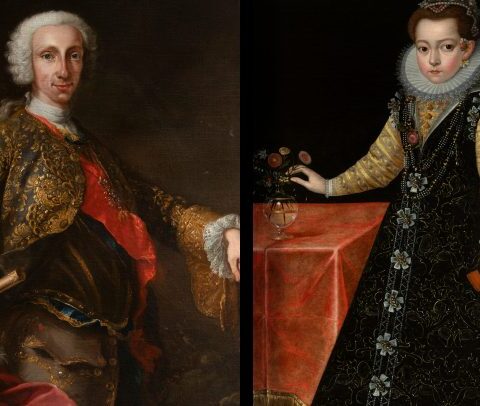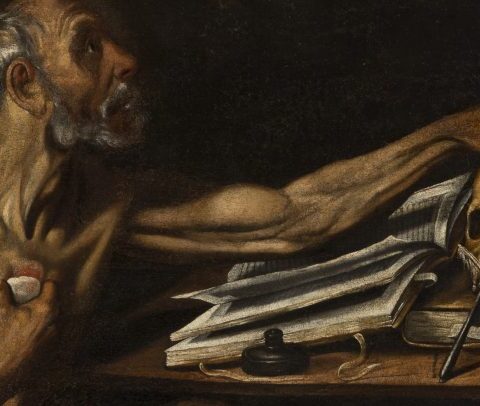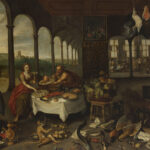The first half of the 17th century in Spain has been immortalized under the prestigious title of the “Golden Age” due to its dazzling artistic splendor. In the literary field, figures such as Quevedo, Góngora and Lope de Vega have left an indelible mark, while in painting, Velázquez, Murillo and Zurbarán have raised art to new heights. Although these names shine in literature and painting, it is essential to recognize that other Spanish masters also excelled in various disciplines, contributing to the zenith of creativity in this era.
During the reign of Philip IV, it can be said that the peak of this splendor was reached, marking at the same time the beginning of its decline. The Empire’s continuous wars, clashes with enemies and the difficulty of controlling vast possessions led to a significant crisis around 1640. Despite the adversities, neither crises, conflicts nor epidemics were able to stop the passion of a collector king.
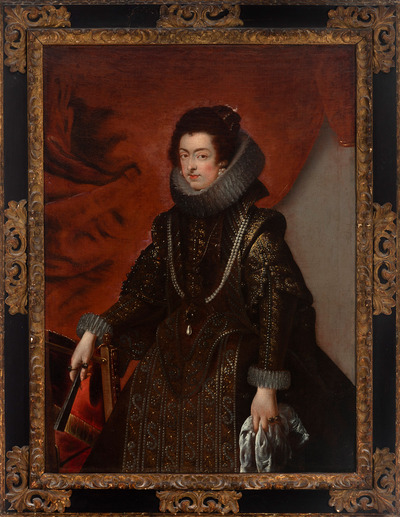
Velázquez, known as the key painter of the time, played fundamental roles as chamber painter, usher, valet and major aposentador of his majesty. His closeness to the king, whom he trusted as “a man of taste”, allowed the preservation of masterpieces such as those by Tintoretto, Veronese and classical sculptures that can be seen today in the Prado Museum.
In the first half of the century, the territories of Flanders were under Spanish sovereignty, which conferred on their inhabitants the same Spanish identity as those on the peninsula or overseas. It was in Antwerp where the monarch had another outstanding painter: Peter Paul Rubens. In addition to enriching the royal sites with his works, Rubens assumed additional roles, such as that of ambassador. His two visits to Madrid had a diplomatic purpose, and it was on his second trip in 1628 that he became acquainted with Velázquez. During this visit, he immortalized Queen Isabella of Bourbon in a portrait whose original model is still lost, known thanks to replicas such as the one we present here, executed by a painter from the circle close to the Sevillian master.
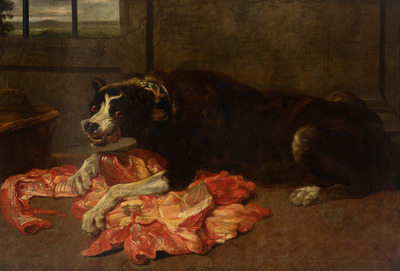
Other painters, such as Gerard Seghers in Flanders, contributed by sending works to the Alcazar or the Buen Retiro. Examples of the king’s passion for nature and hunting are reflected in works by specialized artists such as Frans Snyders and Paul de Vos.
The first half of the 17th century marked a golden age for Spanish art, driven by royal patronage and collaboration with internationally renowned masters. This period, despite the crises, left a lasting artistic legacy that defines the cultural richness of the Spain of Philip IV.

